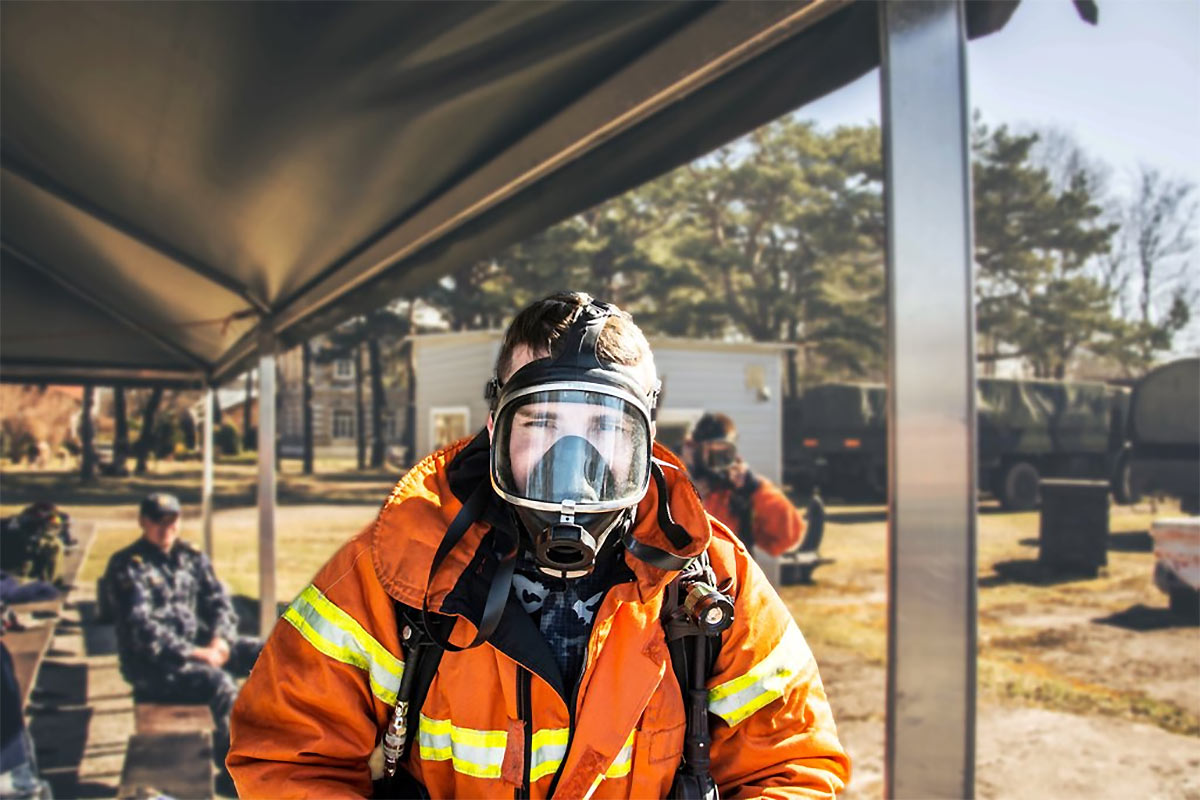HAZWOPER, otherwise known as the Hazardous Waste Operations and Emergency Response Standard, is covered under OSHA standard 29, and applies to all workers that may be exposed to hazardous waste while on the job.
This means that if at any time you or your employees handle, treat, dispose of, clean-up, or remediate hazardous, toxic, or harmful substances, you are subject to Hazwoper training.
However, there is more to the Hazwoper standard than simply training your employees how to identify and address workplace hazards. That’s why today, we are going to discuss four vital facts that all industries dealing with hazardous material should know.
1. What Constitutes a Hazardous Substance or Scenario
OSHA does a good job of summing up which types of material and situations require Hazwoper training:
- High concentrations of toxic substances
- IDLH (Immediately Dangerous to Life and Health ) conditions
- Scenarios with an oxygen deficient atmosphere
- Conditions presenting fire or explosion hazards
- Situations requiring evacuations
- Settings that need immediate attention because of the danger it presents employees
2. Which Operations Require Mandated Hazwoper Training
The Hazwoper standard applies to five distinct groups of companies. This mean that if your workforce falls under any of the following five categories, Hazwoper training is necessary:
- Clean-up operations required by a governmental body involving hazardous waste at uncontrolled hazardous waste sites
- Corrective actions that include clean-up operations at sites covered under the RCRA of 1976
- Any voluntary clean-up operations at sites recognized by the governmental bodies as uncontrolled hazardous waste sites
- Operations involving hazardous materials at treatment, storage, and disposal facilities
- Emergency response operations for the release (or potential release of) hazardous material no matter the location.
3. There are 3 Levels of Hazwoper Training
Hazwoper training can be broken down into three levels: 40-hour, 24-hour, and 8-hour training classes.
The 40-hour class is the initial training course and is the most intensive. It is required for anyone working for on-site hazardous waste clean-up and remediation companies.
The 24-hour class is for those that are involved in visiting or inspecting uncontrolled hazardous waste clean-up sites.
Lastly, the 8-hour class is a refresher course for anyone who has already taken the 40-hour training course. It is required yearly for all employees working with hazardous waste and can be taken in segments throughout the 12-month calendar year.
4. OSHA Allows for Exemptions
You and your employees may qualify for an exemption from Hazwoper training if you are part of a LQG and have a safety plan in place that requires you to do the following after a hazardous material spill:
- Require all employees to immediately evacuate the premises
- Call the fire department or spill response company to deal with clean-up and remediation
In the end, if you or your employees are not expected to take part in the clean-up or remediation process after a hazardous waste situation, you do not have to take part in Hazwoper training.
Altogether, the Hazwoper standard is just a small portion of what OSHA has mandated for workers dealing with dangerous situations in the workplace. And, if you employ people that deal with constant threats to their health and safety, it is crucial you understand the importance of Hazwoper training and implement it according to the law.


